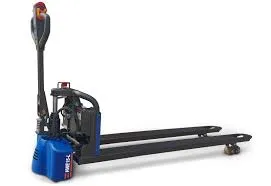


Industrial Fall Protection A Critical Safety Necessity
In industrial environments, where workers often operate at significant heights, the risk of falls is a constant and pressing danger. Fall-related accidents are a leading cause of workplace injuries and fatalities, making effective fall protection systems not just necessary but vital for safeguarding the health and well-being of employees. Understanding the principles of fall protection and implementing comprehensive safety measures is essential for any organization aiming to create a safe work environment.
Industrial Fall Protection A Critical Safety Necessity
To effectively implement a fall protection system, employers must conduct a thorough risk assessment. This process involves identifying potential fall hazards, evaluating the likelihood of those hazards leading to accidents, and determining which employees are at risk. Based on this assessment, employers can select the appropriate fall protection measures. For example, in situations where employees are working from scaffolding or ladders, personal fall arrest systems may be employed, while permanent guardrails may be suitable for fixed platforms.

Training is another crucial element of fall protection. Workers must be educated not only on how to use fall protection equipment but also on the importance of adhering to safety protocols. Regular training sessions, safety drills, and refreshers can reinforce the importance of fall protection and ensure that employees are adequately prepared to respond to emergencies.
Furthermore, it is essential for organizations to foster a culture of safety that encourages reporting unsafe conditions and behaviors. Open communication channels between management and workers can lead to the identification of further fall hazards and promote a proactive approach to workplace safety.
In addition to adhering to regulatory requirements, companies that invest in effective fall protection systems often see a positive return on investment. Reducing incidents of falls can lead to decreased insurance costs, fewer worker's compensation claims, and enhanced employee morale and productivity.
In conclusion, fall protection in industrial settings is not merely an obligation— it is a cornerstone of workplace safety. By implementing comprehensive fall protection strategies, providing thorough training, and promoting a safety-first culture, organizations can protect their most valuable asset their workers. Prioritizing fall protection is essential for fostering a safer work environment and ensuring the wellbeing of all employees.



